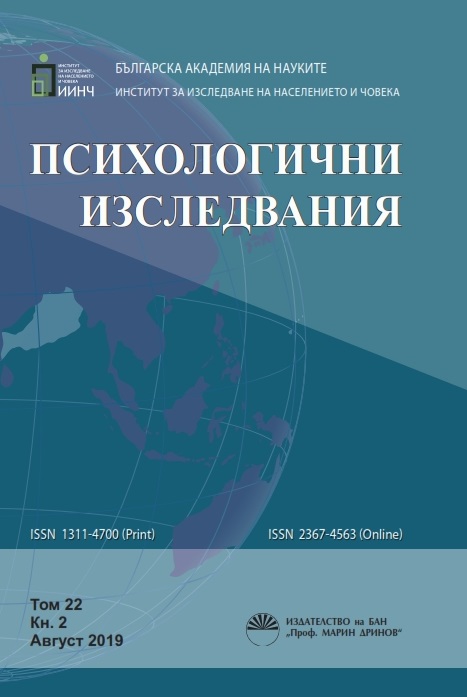Effects of Long-term Training in Foot Orienteering on Visual Spatial Attention
Effects of Long-term Training in Foot Orienteering on Visual Spatial Attention
Author(s): Ivanka Asenova, Ina DimitrovaSubject(s): Social Sciences, Psychology
Published by: Институт за изследване на населението и човека - Българска академия на науките
Keywords: visual spatial attention; lateralization; foot orienteering; pseudo neglect; line bisection task.
Summary/Abstract: In order to verify the hypothesis that functional lateralization of the brain can undergo plastic changes induced by long-term training in cognitive skills, 34 right-handed subjects who have actively practiced Foot orienteering (FootO) for at least 5 years (25 females and 9 males, aged 14 - 56 years, Mean age = 28,21 ± 10,22), and 34 right-handed subjects who have never practiced a sport (15 females and 19 males, aged 15 - 54 years, Mean age = 30,21 ± 11,78), were studied with a line-bisection task. Although the mean transection in both groups was to the left of the true center regardless of the hand used, suggesting right pseudoneglect, the accuracy of both hands was better in the group of practitioners of FootO than in the non-athletes group. Also, there were no between-hands differences in accuracy among practitioners of FootO, but the opposite pattern was observed in non-athletes (better right hand). The Greater accuracy and the smaller intermanual difference in the practitioners of FootO suggest that spatial attention may be more balanced in practitioners of FootO than in non-athletes. The results are discussed in relation to training-induced changes in hemispheric interaction and the role of reduced asymmetry in performance improvements.
Journal: Психологични изследвания
- Issue Year: 22/2019
- Issue No: 2
- Page Range: 583-591
- Page Count: 9
- Language: English

